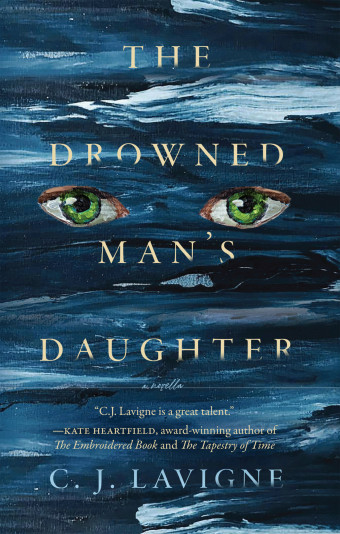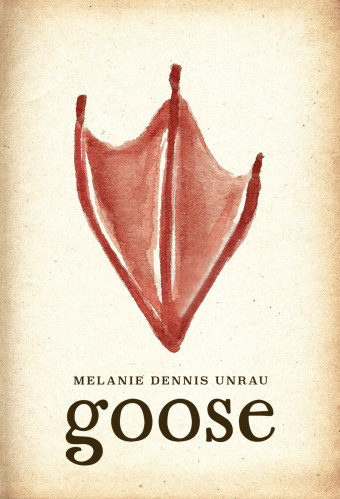In Buffalo Is the New Buffalo, a new collection of Métis-influenced science fiction short stories by Chelsea Vowel, she carefully situates herself between three lakes: Lake Isle, wâpamon sâkahikan (Wabamun Lake), and manitow-sâkahikan (Lac Ste. Anne).

- Buffalo Is the New Buffalo
- Chelsea Vowel
- Arsenal Pulp Press
- $21.95 Paperback, 340 pages
- ISBN: 978-15-51528-79-3
Vowel states pointedly, “I locate myself geographically between these lakes and note their interconnections to creeks and rivers because these boundaries make much more natural sense than range and township roads, highways, and hamlets that have only existed for a hundred years or less.”
From manitow-sâkihikan, Vowel emphasizes that she has a “responsibility to, as much as is possible, accurately portray the history, kinscapes, landscapes, and waterscapes of [her] community.”
However, the paradox of so heavily situating oneself in a particular territory while writing about space and other dimensions is not lost on Vowel: “This might sound strange, given that I’m writing speculative fiction – but I cannot accurately imagine otherwise if I’m not rooted in the reality of these spaces.”
This locating of oneself is not only critical for Vowel as an Indigenous person, but it comes to influence and inflect the engaging and incisive sci-fi stories housed within her book: a superhero named Michif Man; the use of Métis metaphysics; the development of nanotechnology to save Indigenous languages, among many others.
Indeed, as Vowel states, these stories are not just about dominant narratives of the Métis in the past and present, but rather an imagining of “what living in a ‘Métis way’ could look like in spaces and times we haven’t (yet) been.”

In focusing on Indigenous characters already in the future, which is to say not relegated to a distant past, Vowel not only highlights the perseverance and resistance of Indigenous communities, but how they do so in an environment of “ruinous extraction” – including the extraction of resources, knowledges, and identity itself, which settler colonialism enables.
As Vowel writes, she is not interested in the logics behind a phrase like “pipelines are the new buffalo” – a take on the well-worn phrase “education is the new buffalo” – but rather wants to focus on the buffalo themselves, as they are not only her kin, but were integral to Métis communities historically.
Speaking to this directly, Vowel shares that “pipelines are the new buffalo” is “an intolerable interpretation of our ancestors’ desperate instructions, that after the targeted genocide of bison to undermine our self-sufficiency, we must find a way to survive as peoples,” which in this case would be pipelines.
“If we accept the narrative that the only possible future is one in which we sacrifice our relationality with our human and more-than-human kin, with the lands and the waters, in order to profit … then we truly have no future.”
Luckily, Buffalo Is the New Buffalo is a testament to survival, and offers ways to imagine otherwise, now and into the future – it is a gesture to new horizons. Or, as Vowel puts it bluntly, “instead of accepting that the buffalo and our ancestral ways will never come back, what if we simply ensure that they do?”













